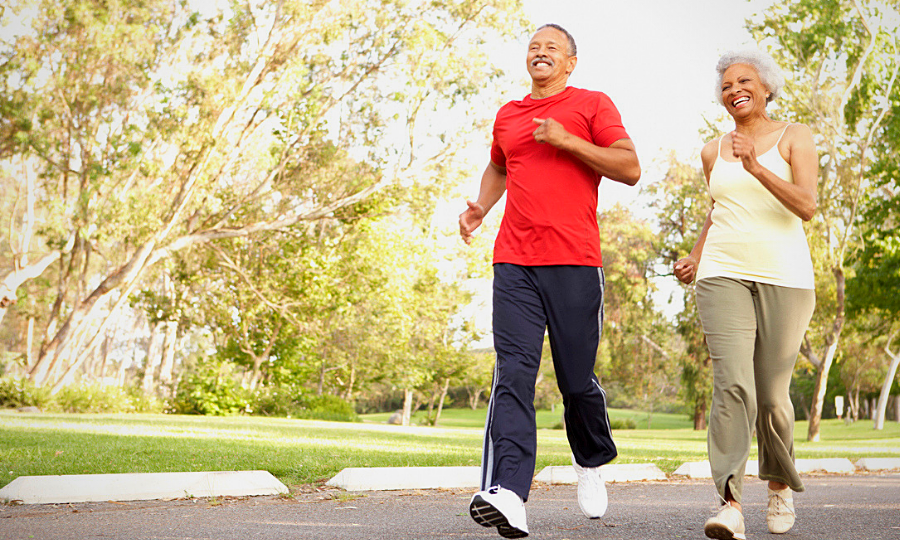This is part of a series of “sneak peek” pieces from the sixth edition of the Every Victory Counts® manual, which will be released this fall.
Written by Dr. Jay Alberts, PhD
In July 2020, my colleague Dr. Anson Rosenfeldt and I published a paper about how exercise should be a universal prescription for people living with Parkinson’s. We have seen how, in the past two decades, aerobic exercise has become a mainstream recommendation for managing multiple symptoms of Parkinson’s. We have seen that data from animal studies and select human trials indicate that aerobic exercise may facilitate structural and functional changes in the brain, and recently, several large human clinical trials have been completed and collectively support the use of aerobic exercise, specifically high-intensity aerobic exercise, in improving Parkinson’s motor symptoms.
And we have seen that despite these findings, exercise recommendations continue to lack specificity in terms of frequency, intensity, and duration. Our goal was to determine how much exercise and intensity were the ideal prescription for people with Parkinson’s.
Based on positive clinical findings and trials, here is my advice: people living with Parkinson’s should perform aerobic exercise in the following dose (after, as always, consulting with their healthcare teams and getting clearance to begin an exercise regimen of this intensity):
- Three times per week
- 30–40 minutes for the main exercise set
- 5-10 minutes for a warm-up period
- 5-10 minutes for a cool-down period
- 60–80% of heart rate reserve or 70–85% of heart rate max (Instead of heart rate, individuals can achieve an intensity of 14–17 on a 20-point rate of perceived exertion RPE scale)
- You should be able to answer questions while exercising, but you should not be able to have a conversation
Data continues to show that exercise is medicine for Parkinson’s. To realize its benefits, however, you must take the medicine. Get moving regularly and at high intensities. By doing so, you will, through your own experience, be able to proclaim that exercise really is medicine for Parkinson’s.
About Jay Alberts
Dr. Jay Alberts is the Vice Chair of Innovations within the Neurological Institute at the Cleveland Clinic and staff in the Department of Biomedical Engineering. Dr. Alberts’ research is focused on understanding the effects of exercise on the motor and non-motor symptoms associated with Parkinson’s. In addition, he studies how Parkinson’s impacts cognitive and motor function under dual-task conditions in order to develop rehabilitation strategies that improve these declines.
Within clinical transformation, Dr. Alberts develops technology to objectively quantify Parkinson’s symptoms using consumer electronic devices and to develop subsequent models of clinical care. He serves as the principal investigator on a number of studies, including ones supported by the National Institutes of Health, Department of Defense and the Davis Phinney Foundation. He was presented with an Alumni Achievement Award from Iowa State University in 2011 for his translational research related to Parkinson’s and was awarded the prestigious Sones Award for Innovation in 2013 from the Cleveland Clinic.

















